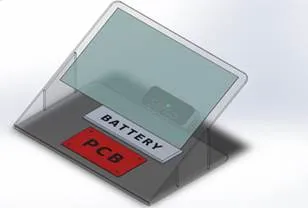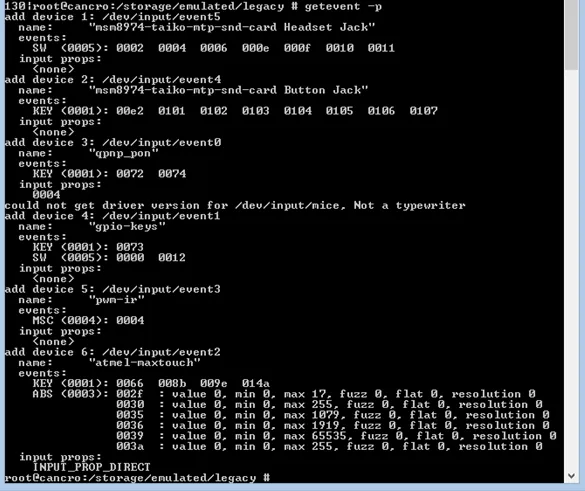November 2014 focused on exploring manufacturing partnerships and investigating commercialization grant programs while continuing hardware sourcing research.
Morpho Manufacturing Engagement
A significant development was engagement with Morpho MFG regarding hardware component sourcing and potential manufacturing partnership. After paying an upfront fee, detailed specifications were provided for the hardware components needed for Visual Touchscreens prototypes.
Interest from China and India evident in Wistia video analytics suggested the outreach was reaching relevant audiences. NDA documents were prepared and exchanged—a necessary step in discussing technical specifications with potential manufacturing partners. A component description was drafted to be shared once NDAs were executed.
This relationship represented progress toward understanding manufacturing realities: component sourcing, production costs, minimum order quantities, and supply chain management.
 Moving from one-off prototypes to producible devices required expertise beyond engineering.
Moving from one-off prototypes to producible devices required expertise beyond engineering.
Grant Program Investigation
The Accelerating Commercialization grant program emerged as a promising funding source. Discussions with Peter Clarke from Enterprise Connect revealed it offered one-for-one matching grants—government funds matching company investment in commercialization activities. This non-dilutive funding model was particularly attractive for early-stage innovation.
Attending ICWA seminars on investment finance provided education on shareholder agreements, capital raising strategies, and negotiating with investors. These business fundamentals became increasingly relevant as the project progressed from R&D to commercialization. Questions were documented for follow-up as grant program eligibility and application processes became clearer.
Use Case Exploration: Mining and Industrial Applications
Research into HUD (heads-up display) systems identified potential use cases for Visual Touchscreens in mining and industrial field data entry scenarios. Recon Instruments Jet and snowboarding goggles demonstrated consumer HUD applications. Their SDK options suggested possibilities for custom application development.
Vuzix products particularly aligned with the Visual Touchscreens vision—onboard Android processing power combined with HUD displays created an ideal platform for visual touch interaction. These enterprise-focused wearables represented markets beyond consumer tablets and TV remotes, with potentially higher willingness to pay for innovation that increased worker productivity.


Driver Development Resources
Research into Windows and Android driver development capabilities in Australia identified potential development partners like VTRON. Offshore options through platforms like Odesk (now Upwork) were also evaluated. However, contacting these resources was deferred until funding was secured—no sense building relationships with development partners before having budget to engage them.
Networking and Community Engagement
ECU Enterprise Tuesday provided another networking opportunity. These community events served dual purposes: learning from presentations and workshops while building networks of people who understood the startup journey.
Catch-up meetings with earlier Curtin Ignition connections maintained relationship momentum. Staying connected with the local ecosystem proved valuable as various participants shared opportunities, made introductions, and provided feedback.
Android Hardware Platform Research
The Tronsmart Draco Meta octa-core Android TV box was evaluated as a potential development platform. Android’s ubiquity and open development environment made it attractive for prototyping, even if production devices might use different operating systems. Upgrading the Mi4 phone with the latest ROM reflected ongoing experimentation with Android hardware that might incorporate visual touch capabilities.
Daqri Smart Helmet Outreach
Reaching out to Daqri smart helmet team represented efforts to connect with companies creating AR/industrial wearables. These established players might become partners, customers, or competitive threats—maintaining awareness of their directions helped inform strategy.
Competition Follow-up
Following up on Intel RealSense competition submission status confirmed the early-demo video was in place for the early submission benefit. These competitions provided structured milestones and potential visibility even when winning wasn’t guaranteed.
The month illustrated the shift from pure R&D toward commercialization: manufacturing partner discussions, grant program applications, driver development planning, and use case identification all reflected thinking about how innovation becomes a sustainable business. Technical capabilities remained necessary but insufficient—commercial success required navigation of manufacturing, funding, partnerships, and market development.